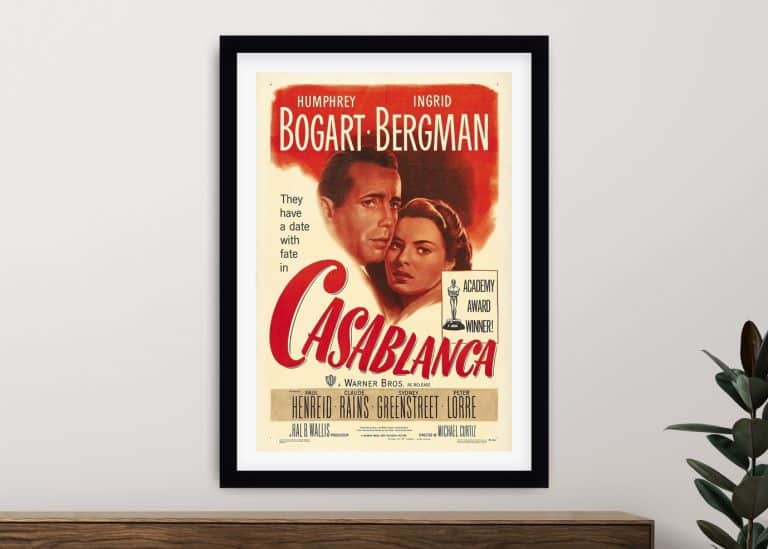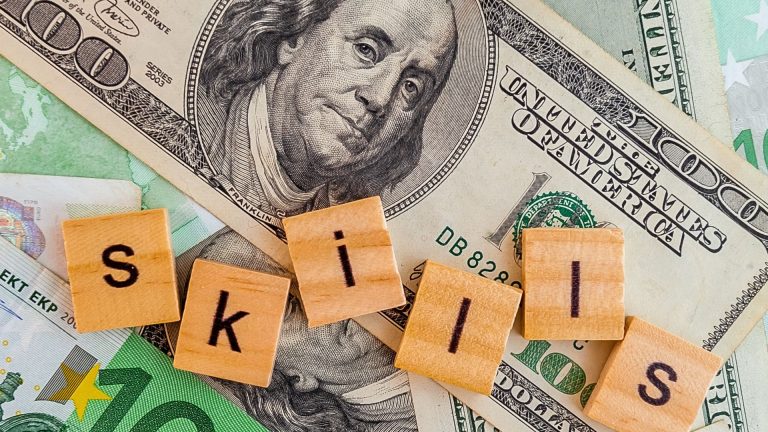Before signing off on a pink slip loan — one that requires proof of collateral ownership — or another type, you should first determine the loan’s total cost. How much you’ll really owe depends on the amount borrowed, how long you take for repayment, and the annual percentage rate.
You might kick yourself later if you take out a loan and don’t understand its total cost. Here’s what you should know.
How Much Does it Cost to Borrow Money?
While your main consideration when applying for a credit card, credit line, or line of credit may be the monthly payment, you should weigh all the costs involved. Consider the following factors:
Loan Amount
How much you borrow can determine your interest rate, available terms, and potential fees you’ll dole out over the loan’s life.
Thus, you should only borrow what you need, otherwise run the risk of overextending yourself. Remember that the less money you borrow, the less you’ll need to repay. Note, too, that you may need a longer term for a larger loan amount to ensure repayment is manageable.
Interest Rate
When shopping around for the best rates, don’t just look at the interest rate. What you should focus on is the annual percentage rate (APR), which is how much annual interest you’ll pay on average, plus fees. Paying more attention to the APR permits you to shop around with varying lenders and compare the cost of borrowing. Why? Because different lenders have different fee structures.
Thus, identify a loan with a low APR, since the lower the percentage rate, the lower the monthly payment. Key here is that the APR for which you qualify is based on your credit rating. The better that is, the lower APR you may be offered.
Fixed vs. Variable Rate
When it comes to loans, you should know the difference between fixed term and fixed rate, and which one suits you best. Credit cards and credit lines typically carry a variable rate and a revolving term. You should understand those, too.
Your interest rate stays the same with a fixed-rate loan. And as long as you remain current with payments, your obligation will be cleared at the term’s end, That’s because the payment includes interest and principal. It’s easier to remain on budget and manage your money when you have a predictable monthly payment.
By contrast, the interest rate and monthly payment can change over time with a variable loan or line of credit. While the initial rate may begin lower than a fixed-rate loan, it may, at length, increase. Thus, you should be mindful of the amount of time it will take you to erase your debt, since rate changes could affect your monthly payment.
Loan Term
Your loan term, or repayment period, is the amount of time it will take you to pay back your loan if you just pay the minimum sum required.
The length of your loan’s repayment period impacts the size of your monthly payment and the overall amount of interest you’ll shell out over the loan’s life. Note that you usually are permitted to pay more than the required minimum amount. That way, you can pay off your loan faster, and with less paid in interest.
Loan Fees
Be on the lookout for extra charges and fees that can add to how much you’ll ultimately pay for your loan. For example, there likely will be origination fees, which is the amount you must pay for application processing and underwriting services. There also may be a prepayment penalty, which some lenders charge if the loan is paid off before the term’s end.
There will also be annual fees, which you’ll pay every year for possessing the account. And transferring your balance to another credit account may also trigger a fee. Be sure to find out whether the APR will go up when the intro period ends.
When you’re applying for credit, pay attention to more than the monthly payment. Factors such as loan amount, interest rate, loan term, and loan fees also contribute to a loan’s total cost.









